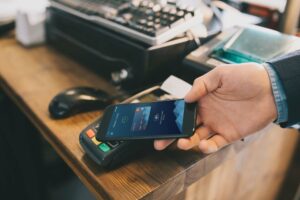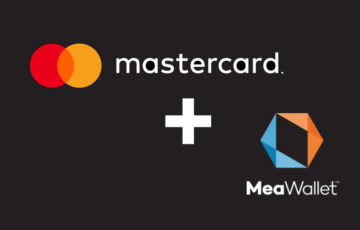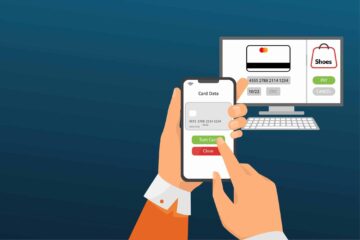
So how does it work in general?
The Mea Push Provisioning platform removes the unnecessary part that involves implementing and maintaining all the different combinations of schemes and wallet requirements. It provides the issuer’s developers with a clean and straightforward agnostic interface that hides away the complexity of qualifying the push request and constructing the digital payloads to be sent to the selected digital wallets. The solution supports the whole process which can roughly be divided into five parts:
1. Generate the list of available wallets
The first step is to get a list of available wallets that can be presented to the cardholder within the app or website, so the cardholder may browse through wallets and merchants he can add his cards.
2. Decide if the card is added to the wallet already
This is an important check to make before any instant card issuance can take place. The mobile app or website must know if the card, that is currently viewed by the cardholder, is already added to the selected wallet(s) or not. In other words; qualifying the push to decide if to show the “Add to wallet” button or show a message saying something like “the card is already added”.
3. Provide the card data to be pushed
The next step is to get the card details of the card that is to be pushed to the wallet. The MPP solution supports mainly two secure ways to receive this card data; through a backend-to-backend transfer or via the mobile client.
4. Fetch needed data and build the payloads and cryptograms
This part happens behind the scenes by the MPP core. It includes fetching data such as card data, wallet IDs, token requestor IDs and apply the required logic to build the payload and the pre-authorized values to be sent to the digital wallets.
5. Push the “digital card” to the digital wallet
The last step is to push the payloads to the targeted mobile wallet. This push of data is done e.g. on the mobile phone through app-to-app communication or cross devices. The receiving wallet will take over from here and function as a token requestor towards the scheme token service provider.
Step 5 results in an active card added to the wallet. The cardholder will be directed back to the issuer interface, and should now see his card added and in an active state within the wallet
I hope this blog post helps you get the idea of push provisioning and how we can help. Let me know what you think in the comments below, and if there is anything special you would like me to write about or highlight in my next post 🙂
- active
- app
- behind the scenes
- Blog
- build
- comments
- Communication
- data
- developers
- Devices
- digital
- digital wallets
- First
- function
- General
- here
- Highlight
- How
- How To
- HTTPS
- idea
- issuance
- IT
- List
- Merchants
- Mobile
- Mobile app
- mobile phone
- Mobile Wallet
- Other
- platform
- Requirements
- Results
- selected
- So
- State
- Supports
- token
- Wallet
- Wallets
- Website
- within
- words
- Work








